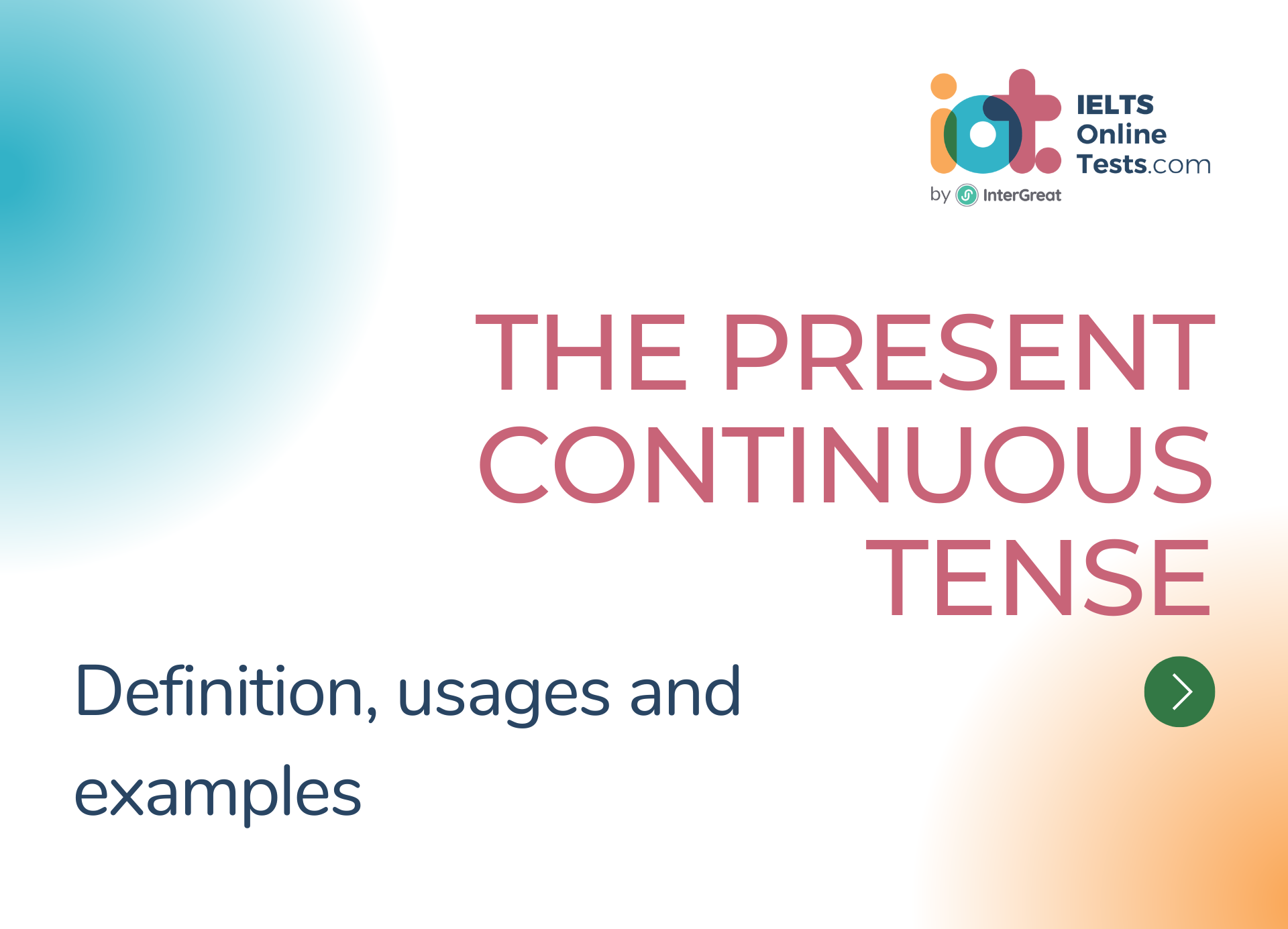
The present continuous tense
The present continuous tense, also known as the present progressive tense, is used to describe ongoing actions happening at the present moment. It indicates that an action is in progress and not yet completed.
Here's a detailed explanation of the present continuous tense:
Formation of the Present Continuous Tense:
- The present continuous tense is formed by using the present tense of the verb "to be" (am, is, are) followed by the present participle form (-ing form) of the main verb.
- Example:
- "She is reading a book."
Usage of the Present Continuous Tense:
- Describing actions happening at the present moment:
- Example:
- "They are playing soccer."
- Example:
- Referring to temporary situations or actions in progress:
- Example:
- "I am currently working on a project."
- Example:
- Expressing future arrangements or plans:
- Example:
- "We are meeting for dinner tonight."
- Example:
- Indicating annoyance or frustration (with adverbs like "always" or "constantly"):
- Example:
- "He is always interrupting me!"
- Example:
- Describing actions happening at the present moment:
Examples of the Present Continuous Tense:
- "I am studying for my exams."
- "They are cooking dinner in the kitchen."
- "She is talking on the phone right now."
- "We are watching a movie at the theater."
- "The baby is sleeping peacefully."
Adverbs and Time Expressions with the Present Continuous Tense:
- Adverbs such as "now," "currently," or "at the moment" are often used with the present continuous tense to emphasize the ongoing nature of the action.
- Example:
- "I am currently working on a project."
- Example:
- Time expressions indicating the present time or near future can also be used.
- Example:
- "They are leaving tomorrow."
- Example:
- Adverbs such as "now," "currently," or "at the moment" are often used with the present continuous tense to emphasize the ongoing nature of the action.
Negative and Interrogative Forms:
- To form negative sentences, add "not" after the auxiliary verb "be."
- Example:
- "She is not studying right now."
- Example:
- For interrogative sentences, invert the subject and the auxiliary verb "be."
- Example:
- "Are you listening to me?"
- Example:
- To form negative sentences, add "not" after the auxiliary verb "be."
The present continuous tense allows us to describe actions happening in the present moment or ongoing situations. By using this tense correctly, we can provide details about temporary actions, ongoing activities, and future arrangements in English.




